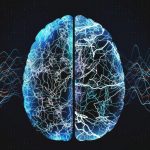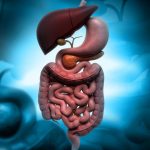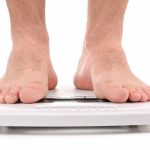
For the growing number of American seniors who live alone, having a beloved dog or cat by their side could help them maintain a healthy brain. New research on more than 7,900 people averaging 66 years of age found that those who lived alone were able to stave off losses in memory and thinking if they had a pet. Pet ownership didn’t seem to affect the cognition of older folks who lived with others, however. Loneliness — or the lack of it — may be key here. Owning a cat or dog “is related to reduced loneliness, a important risk factor for dementia and cognitive decline,” wrote a team led by Ciyong Lu, of Sun Yat-sen University in Guangzhou, China. They published their findings Dec. 26 in the journal JAMA Network Open. The researchers noted that people are increasingly living solo as they age — 2021 data found 28.5% of all Americans were residing in single-person households. Numerous studies have found that “older persons living alone are at high risk of developing dementia,” Lu’s group noted. Could life with a four-legged friend cut that risk? The new study was based on data collected on thousands of British people aged 50 or older whose lifestyles and mental acuity were tracked between 2010 and 2019. Just over half (56%) were women. The team assessed whats known as… read on > read on >






































